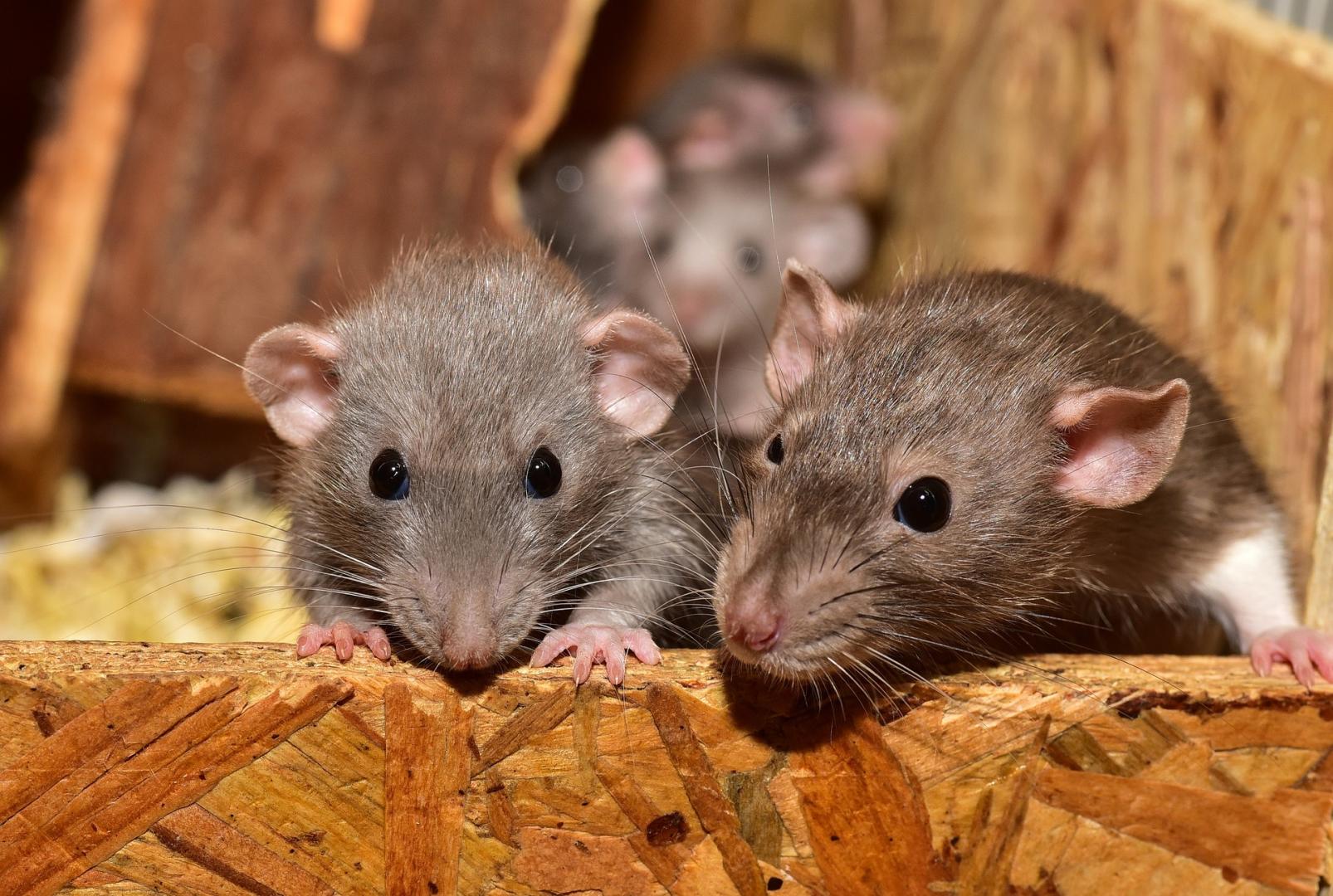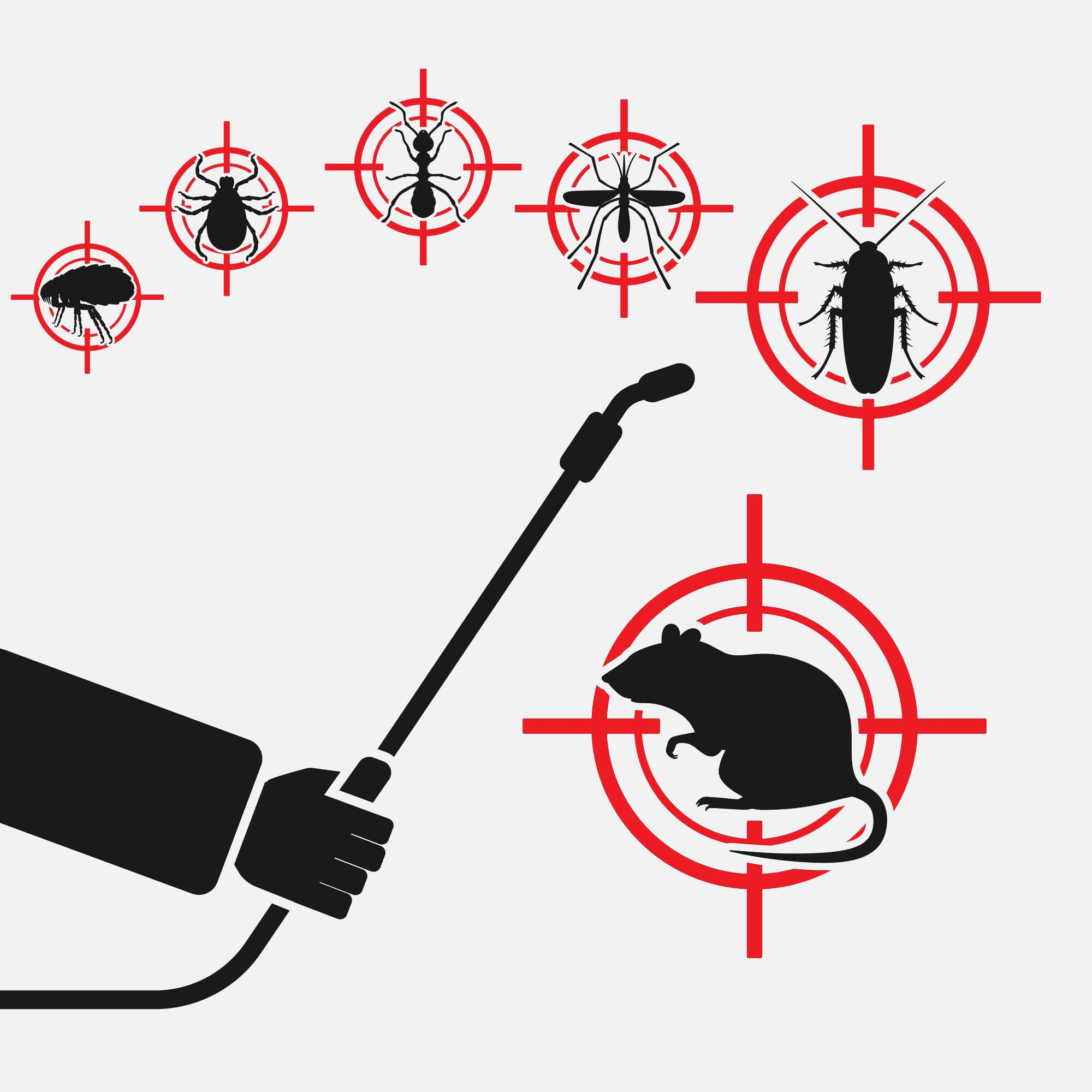Rodent Smoke Examination Testimonials: A Comprehensive Overview to Its Effectiveness in Pest Monitoring
Rodent smoke tests stand for a cutting-edge technique in insect management, utilizing safe smoke to discover surprise rodent access points and nests. This approach has shown appealing results, with many professionals keeping in mind significant decreases in rodent populations following its implementation. Comprehending the complete range of its effectiveness calls for a deeper exploration of the underlying scientific research and real-world applications. What various other insights might emerge concerning this one-of-a-kind pest control strategy?
Recognizing the Rat Smoke Examination
The rodent smoke examination is an essential treatment used to review the effectiveness of parasite control measures in different settings. This method entails introducing a safe smoke into an area to track the pathways rats could make use of, aiding to identify concealed access factors and nesting locations. By observing the smoke's movement, pest control professionals can figure out just how well catches and obstacles are working.
Normally employed in both domestic and business settings, the test can expose underlying concerns that might not be visible via conventional assessment techniques (Rodent Smoke Test). It acts as a critical tool for developing targeted strategies to eliminate rodent infestations
Additionally, the rodent smoke examination help in validating the efficiency of previously implemented control actions, ensuring that the bug monitoring plan is working as intended. Inevitably, it provides important understandings that add to an all-encompassing strategy to rodent control.
The Science Behind the Method
While different insect control techniques exist, the rodent smoke test stands apart because of its scientific foundation in liquid characteristics and behavioral ecology. This approach utilizes smoke to trace the paths rats make use of to navigate their setting. By launching smoke in specific locations, insect control professionals can observe exactly how it distributes through cracks, gaps, and covert access points, disclosing prospective problems.
Behavior ecology plays a crucial function in understanding rodent responses to stimulations. Rodents are naturally interested and will certainly frequently investigate new fragrances or modifications in their setting. The smoke test maximizes this behavior, allowing insect controllers to identify energetic areas and reproducing sites. Furthermore, the visibility of smoke aids in determining the performance of securing approaches, making certain thorough parasite monitoring. Eventually, the rodent smoke test merges principles from both fluid dynamics and pet actions to offer a dependable analysis tool in pest management approaches.
Step-by-Step Process of Carrying Out a Rodent Smoke Examination
The process of carrying out a rodent smoke test requires particular devices and materials to assure accuracy and security. Complying with a systematic procedure is vital for efficient results, while adhering to safety precautions protects both the setting and the tester. Understanding these vital aspects is crucial for effective application of the examination.
Required Tools and Materials
To efficiently perform a rodent smoke test, numerous vital tools and products are required to assure precise results. A smoke-producing tool, such as a smoke pencil or smoke bomb, is important for producing noticeable smoke. A strong ladder is often called for to reach high locations where rats might hide. Furthermore, sealable bags or containers must be on hand to gather any debris or droppings found throughout the test. A flashlight is additionally helpful for checking dark spaces. Safety and security tools, including gloves and a mask, is advised to protect against inhalation of smoke or call with impurities. A note pad or digital device is essential for recording observations and searchings for throughout the screening procedure.
Smoke Examination Treatment Tips
Conducting a rodent smoke examination entails an organized approach to assure thoroughness and efficiency. The process begins with preparing the location, making sure that all prospective access points are recognized and easily accessible. Next, the professional establishes up the smoke generation tools, ensuring it is located purposefully to maximize coverage. When every little thing is in area, the smoke is released right into the targeted areas, permitting it to permeate with wall surfaces, air ducts, and various other structures. Monitorings are made to track the smoke's activity, identifying any kind of voids or breaches where it leaves, suggesting possible rodent access points. After the examination, the following step is to examine the findings, documenting any type of areas calling for further assessment or removal to enhance bug monitoring initiatives.

Safety And Security Safety Measures to Comply With
Assuring security throughout a rodent smoke examination is crucial for both the professional and the setting. Specialists must use appropriate personal safety devices (PPE), including masks, goggles, and handwear covers, to lessen exposure to chemicals. Before performing the examination, it is critical to ventilate the click now area properly to spread any kind of unsafe fumes. Technicians need to additionally verify that no flammable products exist close by, as smoke examinations can involve warmth sources. Additionally, it is necessary to educate citizens or nearby people about the procedure to stay clear of panic or health and wellness dangers. Finally, following neighborhood policies relating to chemical use and disposal is essential to protect the environment and maintain compliance with safety and security criteria.
Benefits of Utilizing the Rat Smoke Test
Although various techniques exist for detecting rodent infestations, the Rodent Smoke Test uses distinct benefits that set it apart. Primarily, this method enables for a complete examination of a residential or commercial property in a brief amount of time. By using smoke to picture access factors, it properly reveals covert pathways that rodents may utilize, making it less complicated for bug monitoring professionals to address infestations.
Furthermore, the Rodent Smoke Examination is non-invasive, lessening interruption to the residential property and its occupants. This method additionally improves the accuracy of determining invasions, as it highlights areas of worry that could be ignored with traditional techniques. Additionally, it supplies prompt outcomes, allowing timely action to be taken versus any recognized concerns.
Limitations and Considerations

Real-Life Instance Researches and Testimonials
Real-life study and reviews supply useful understandings right into the performance of rodent smoke examinations. Success tales highlight look at here now significant parasite control experiences, demonstrating just how these examinations have actually dealt with infestations in different settings. Additionally, understandings from area experts emphasize the dependability and functionality of this approach in pest administration.

Success Stories at work
While many items guarantee effective rodent control, real success stories disclose the true impact of smoke examinations in different settings. For example, a New York City dining establishment dealt with repeating rodent infestations, motivating administration to apply smoke tests. Following the treatment, they reported a considerable decrease in rodent discoveries and a much more sanitary environment. In an additional case, a suv house owner dealt with relentless mice in their attic. After using smoke screening, the homeowner discovered covert entry factors and sealed them, resulting in a rodent-free room. Testimonials often highlight the convenience of use and prompt results, causing raised self-confidence among parasite control professionals. These success tales emphasize the effectiveness of smoke examinations as an aggressive measure in rodent management.
Noteworthy Parasite Control Knowledge
How effectively can smoke examinations address rodent issues? Many study highlight the efficacy of smoke tests in identifying and getting rid of rodent problems. One remarkable experience involved a home where consistent rodent activity was reported. Complying with a smoke wikipedia reference examination, technicians identified several entry factors formerly overlooked. After sealing these gaps, the rodent existence substantially reduced. In another circumstances, a business facility made use of smoke examinations during a major improvement. The test revealed covert nests within walls, allowing for prompt removal and prevention of future infestations. These real-life applications show that smoke examinations not just identify issue areas properly yet additionally facilitate comprehensive pest management strategies, bring about lasting remedies for rodent control.
Testimonies From Field Experts
Area experts consistently highlight the benefits of smoke tests in taking care of rodent problems. In various study, parasite control professionals have reported substantial decreases in rodent populaces adhering to smoke examinations. One specialist noted a 90% reduction in rodent activity in a business warehouse, associating success to the ability of smoke to infiltrate hard-to-reach locations. Another field technician shared a household experience where smoke tests disclosed numerous access factors formerly unnoticed, permitting targeted securing and prevention actions. Furthermore, specialists commend smoke examinations for their speed and efficiency, frequently generating immediate results. These endorsements underscore the functional benefits of integrating smoke examinations right into comprehensive insect management techniques, strengthening their role as a valuable tool in the battle against rodent invasions.
Regularly Asked Questions

Is the Rodent Smoke Examination Safe for Animals and Children?
When made use of properly, the rodent smoke test is generally taken into consideration safe for animals and children. Preventative measures ought to be taken to guarantee they are kept away from treated areas up until the smoke dissipates entirely.
Just how Long Does the Smoke Stick Around After the Test?
The smoke from the rodent smoke test commonly sticks around for numerous hours, depending on ventilation and environmental conditions. It slowly dissipates, yet recurring smells might remain for a short duration, influencing air high quality temporarily.
Can the Smoke Test Be Performed Inside Your Home?
The smoke examination is usually not recommended for interior usage as a result of health and wellness dangers and potential damage. It is mainly designed for outdoor applications, making sure safety and effectiveness in detecting rodent invasions in external environments.
What Should I Do if Rodents Are Still Present After the Examination?
If rodents remain after the test, it is a good idea to conduct an extensive inspection for entrance factors, established traps in affected areas, and consider speaking with a bug control professional for more efficient options. Rodent Smoke Test.
Exist Any Ecological Interest In Making Use Of the Smoke Test?
There are prospective ecological problems related to the smoke test, consisting of air top quality effect and the visibility of harmful chemicals. Responsible use and adherence to regulations are crucial to alleviate these threats during pest monitoring efforts.
Rodent smoke tests stand for an innovative strategy in bug management, employing non-toxic smoke to discover hidden rodent access factors and nests. Additionally, the rodent smoke examination aids in verifying the effectiveness of formerly implemented control procedures, ensuring that the insect administration strategy is functioning as planned. A smoke-producing device, such as a smoke pencil or smoke bomb, is important for creating visible smoke. Various techniques exist for identifying rodent infestations, the Rodent Smoke Test provides unique advantages that set it apart. The smoke from the rodent smoke examination commonly sticks around for several hours, depending on ventilation and environmental conditions.